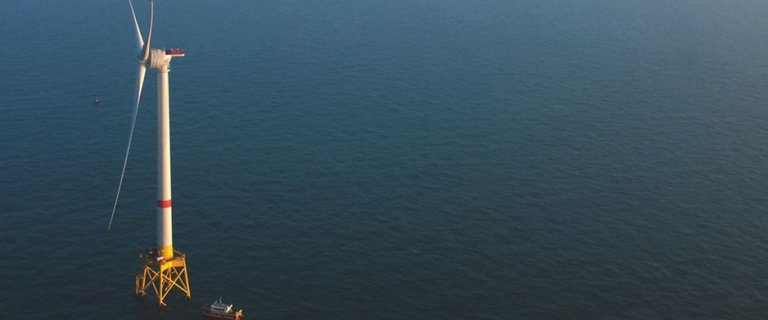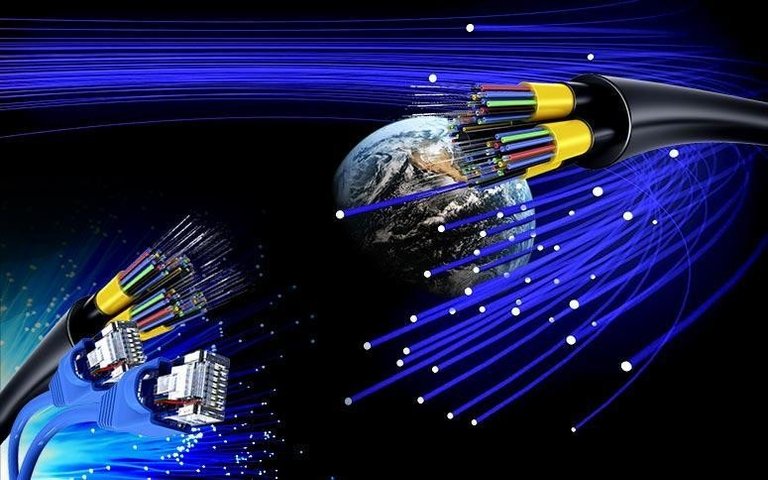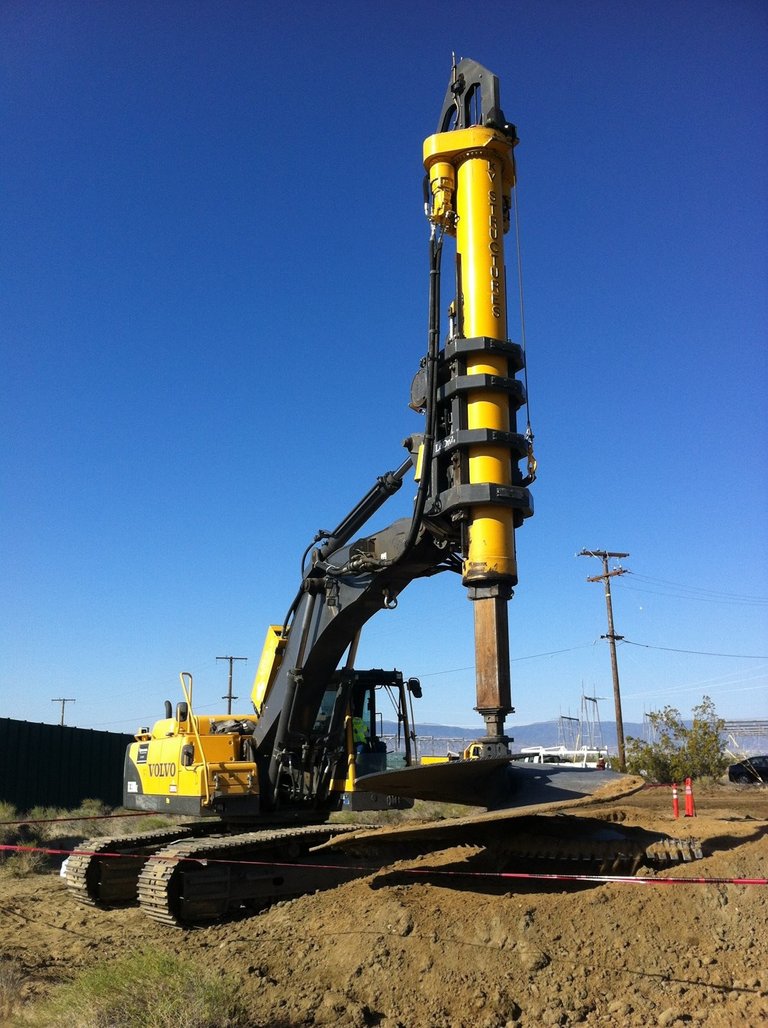The intelligent future is here already. Segments such as virtual reality, blockchain or smart applications are changing the reality of companies and users and will mark the way of technology for years to come. Among them is the digital twin, a major step in engineering simulation with applications in all sectors: telecommunications, energy, industry, transport ... ANSYS, one of the companies that has been leading this technology since its experience in simulation, shows us how the digital twin is revolutionizing thousands of organizations around the world.
What exactly is a digital twin?
A digital twin combines, in real time, the live data transmitted from a product in operation with all the digital information of that specific product. Using these insights, engineers can determine the cause of any performance problem, improve production, schedule predictive maintenance, evaluate different control strategies, and thus work to optimize product performance and minimize operational costs over time almost real.
For example, a digital twin of a gas turbine installed in a power plant can be used to prioritize energy efficiency, emissions, wear of turbine blades or other factors of special importance. But the digital twins go even further, because thanks to them we can concentrate on isolating and observing a concrete, individual product. We can study the weather patterns that affect that turbine, the angle of its blades, its energy production, and concretely optimize that part of its machinery. A real revolution in product engineering.

Real world applications
Using the simulation in conjunction with the IoT (Internet of Things), companies can analyze the behavior of a product in real conditions and make reliable predictions about its future behavior, thus improving its operation and productivity and, at the same time, reduce risks and costs. Although digital twins are mainly used by large industrial manufacturers in complex product systems, continuous technological advances are allowing this "best practice" to be more accessible, expanding its use to a greater number of applications for different products. ANSYS has participated in the success of many of them; these are some examples of very diverse sectors:
Transport.

For a more comfortable and better ventilated train. So far, engineers at one of Europe's most important transport companies took four months to test their passenger trains in a wind tunnel to validate the design of heating, ventilation and air conditioning systems. Today, using the ANSYS Dynamic Fluid Dynamics Simulation (CFD), they can validate the design of these systems on their new ICE 4 train before building the first car, reducing the test period and costs by more than 50%.
Telecommunications.

Wifi for incommunicado areas in Brazil. The vast rural areas of Brazil hardly have access to the internet. Installing optical fiber cables is not cost effective and the only solution is to lift towers that provide wireless connections; even so, the Wi-Fi connection reaches only 22% of the rural population. Jet Towers used ANSYS simulation software to design a line of modular towers that allow them to be built and installed in just one week (a fifth of the usual time) and for a fraction of the cost of a conventional wireless tower.
Drilling.

Extend tool life and prevent risks. Expensive drilling machines, made of corrosion-resistant materials, are subject to permanent, much greater wear on the cutting elements. Researchers at the Technical University of Dortmund used fluid tools and structural analysis from ANSYS to optimize the process of distribution of the refrigerant flow and thus extend the life of the driller, by up to 50%. And, at the same time, prevent wear and possible damage and risks.
Industry.

Pumps for optimum pipe cleaning. With the help of ANSYS engineering simulation, FMC Technologies has halved the weight of an alternative cleaning pump for sewer lines while reducing its environmental impact and increasing the water outlet pressure. This weight reduction also means lowering the costs of the pump, facilitating its maintenance and increasing its energy efficiency.
Oil platforms.

Ensuring storage security. Most of the new oil rigs are located offshore, far from the coast. Their floating storage systems and discharge ships suffer from harsh ocean conditions. In the past, the only alternative to ensuring that oil tankers could withstand the worst conditions without suffering damage were expensive physical tests. The ANSYS simulation has been able to reduce the number of these tests and also obtain more detailed and precise data, which could not be obtained otherwise.
Telecommunications.

The startup that will revolutionize 5G technology. The PHAZR startup wants to compete with the big companies in the race for 5G technology. They have created a wireless network 1268 times faster and 1024 times with more capacity than the current 4G LTE connections. The company has harnessed the power of ANSYS software not only to investigate and analyze the speed, propagation of radio frequency or antenna materials, but also the agility of the design and flexibility of this cutting-edge technology. And everything, without the need to invest in expensive prototypes and physical tests.
(Source: ANSYS)
@minnowpond1 has voted on behalf of @minnowpond. If you would like to recieve upvotes from minnowpond on all your posts, simply FOLLOW @minnowpond. To be Resteemed to 4k+ followers and upvoted heavier send 0.25SBD to @minnowpond with your posts url as the memo